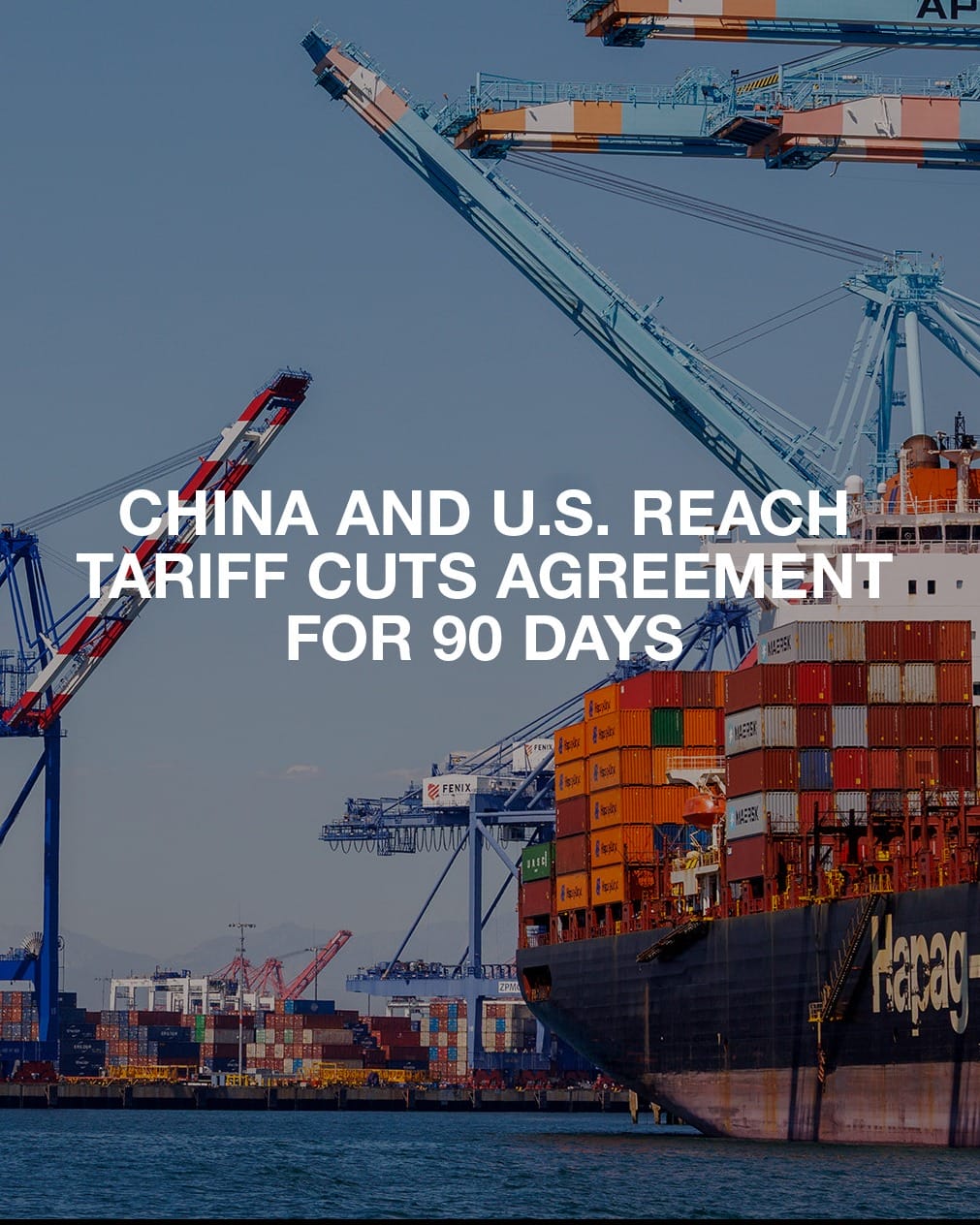US and China Cut Tariffs for 90 Days to Calm Trade Tensions

The United States and China cut tariffs for 90 days after reaching an agreement. This short-term deal aims to give both sides time to ease trade tensions and restart talks after years of back-and-forth policies.
The negotiation was made in Geneva, where both governments sent top officials. The United States will reduce tariffs on Chinese imports from 145% to 30%. In return, China will lower its tariffs on U.S. goods from 125% to 10%. These changes go into effect right away and are planned to last for three months.
Markets responded quickly after the news. U.S. stocks went up. The S&P 500 rose more than 2.5%, the Dow Jones gained about the same, and the Nasdaq jumped over 3%. European stocks also moved higher.
A statement from the U.S. Treasury said the deal is a “step toward more stable trade.” Treasury Secretary Scott Bessent said both countries want to lower the risk of conflict and protect their economies. “This gives us space to have deeper conversations without the pressure of rising costs,” he said.
China’s Ministry of Commerce said the deal shows a shared interest in working through trade disagreements. They called it “constructive” and said more progress will depend on how future talks go.
As part of the deal, China will also stop certain actions that had blocked American companies from doing business. That includes trade blacklists and investigations into U.S. products. Both countries agreed not to add any new tariffs during the 90-day period. Here’s what’s included:
Tariff Cuts
- U.S. tariffs on Chinese goods drop from 145% to 30%
- China’s tariffs on U.S. goods go down from 125% to 10%
- These changes are in effect for 90 days
Business Impact
- American and Chinese companies will face fewer costs
- Supply chains may run more smoothly during the pause
- Business groups in both countries have welcomed the move
Financial Markets
- S&P 500: +2.53%
- Dow Jones: +2.51%
- Nasdaq: +3.34%
- STOXX 600 (Europe): +0.9%
‘A Break, Not a Fix’
Still, experts say the deal does not solve deeper disagreements. Issues like tech transfers, factory subsidies, and intellectual property protections were not addressed in this agreement. Clara Wong, a trade policy analyst, said, “It’s a break, not a fix. But even a break can help cool things down.”
Talks are expected to continue in late June. If the two sides make progress, a longer-term plan could follow. If not, the higher tariffs could return.
More…
- https://www.cnn.com/2025/05/12/business/us-china-trade-deal-announcement-intl-hnk
- https://www.reuters.com/world/china/us-china-reach-deal-slash-tariffs-officials-say-2025-05-12/
- https://www.reuters.com/world/china/us-stock-futures-jump-us-china-trade-stand-off-thaws-2025-05-12/
- https://www.nytimes.com/2025/05/12/business/china-us-tariffs.html
- https://www.overherenewyork.com/trump-delays-new-tariffs-on-phones-and-laptops/
